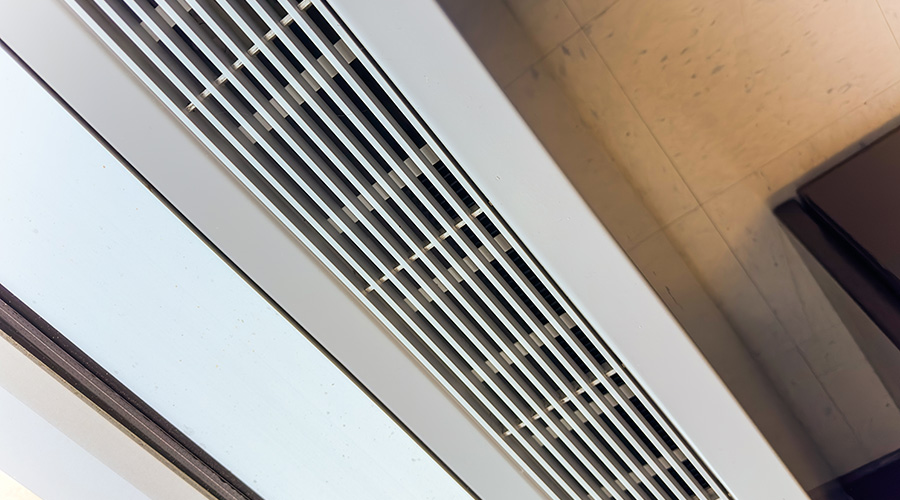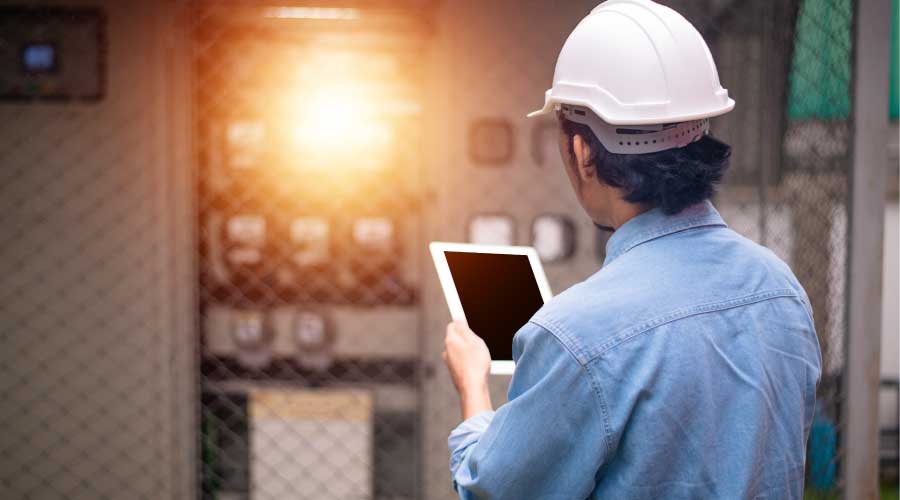What's the Return on Investment for IAQ Strategies?
Improvements in health and productivity are the biggest cost justification for indoor air quality strategies. And this has huge ROI potential.
Implementing IAQ strategies doesn’t automatically result in a net increase in energy or water consumption, utility costs, or other operational costs. It is possible to create healthy, productive buildings that are also energy efficient, and even Net Zero.
Nor do such strategies automatically result in higher initial construction costs. But even when they do, they are dwarfed by the health and productivity costs resulting from not implementing them. This is why it is important to integrate health and productivity costs into life cycle cost analyses. For example, a previous corporate client, as part of their tenant fit-out of an office building, was very interested in using an underfloor air distribution (UFAD) system, particularly due to the associated increase in personal agency over thermal comfort that such a system would provide for their employees. However, the additional $2.6 million required compared to a baseline mechanical system had to be addressed.
Just considering the $121,000 in annual energy savings only resulted in a simple 21-year payback – not very enticing. But after reviewing relevant peer reviewed research, taking all of their employees into account, and making use of our happē tool (including an early version of the Facility Infection Risk Estimator module), we could also present them with the following estimated productivity and health impacts.
Improved local temperature control = Increased annual productivity of $1.08 million
Improved IAQ perception = Increased annual performance of $3.6 million
Reduced Influenza transmission = 16.7 percent reduction of infection risk.
Each one of these individually results in a simple payback under 2.5 years, which was sufficient to justify the use of a UFAD system.
The end of the worst of the pandemic is in sight. Soon we’ll be able to re-occupy our buildings at greater density levels for longer lengths of time more consistent with how things were pre-pandemic. Let’s build on these primary pandemic strategies to create and operate more healthy and productive environments for all of the occupants we serve. But our ability to provide good indoor air quality is constrained somewhat by the quality of the outdoor air available to us, which is partially impacted by the amount and type of energy we consume. This means we need to achieve these indoor health and productivity goals while continuing to reduce the emissions our buildings produce.
Marcel Harmon (marcel.h@branchpattern.com) is associate principal at BranchPattern, a building consultancy firm focused on human-centered design.
Related Topics:














